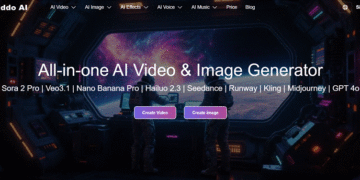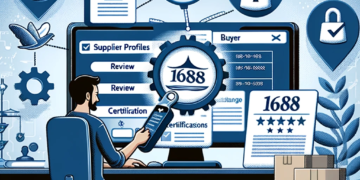Entrepreneurs face many critical decisions concerning the choice of technologies to power their business, especially when it comes to payment processing. Usually, this choice goes down to white-label solutions and custom development. Clearly, both have their pros and cons.
Custom development is a more advanced (and more expensive) option that supports full customisation. At the same time, established white-label providers like eComCharge offer ready-to-deploy systems that can be rebranded — quicker and at a lower cost. So, which should you choose for your business?
Core Differences in a Nutshell
White-label solutions are pre-built products developed by third-party providers that businesses can rebrand and present as their own. These solutions come with established functionality, tested reliability, and are typically available through subscription or licensing models.
Custom development involves building proprietary software specifically designed for your unique business requirements. This approach requires development resources — either in-house or contracted — to create software that matches your workflows, integration needs, and strategic vision.
Time-to-Market Considerations
One of the most significant differentiators between these approaches is the implementation timeline. White-label solutions offer dramatically faster deployment, often reducing time-to-market from months or years to weeks or even days.
For businesses facing competitive pressure or seeking to capitalise on immediate market opportunities, this acceleration can prove decisive. Custom development necessarily involves longer timelines that include research, design, development, testing, and deployment phases.
Financial Implications
The financial models of these approaches differ substantially, which can significantly impact both short-term operations and long-term business economics.
Initial Investment Requirements
Most payment gateways today operate on subscription or licensing models that spread costs over time, requiring minimal upfront investment. This approach converts what would be a major capital expenditure into an operational expense, preserving cash flow and reducing financial risk.
Custom development demands substantial initial investment before delivering any business value. Development costs can range from tens to hundreds of thousands, depending on project complexity. So, businesses allocate significant resources before generating any return.
Long-term Economic Analysis
Generally, payment gateways require lower initial costs, but their lifetime economics deserve careful analysis. Monthly or annual fees accumulate over time, potentially exceeding custom development costs for long-lived applications. Custom solutions, while expensive initially, may prove more affordable over extended periods, especially for larger organisations.
Control and Flexibility Factors
White-label payment systems provide immediate functionality but limit control over features, development roadmap, and underlying architecture. Businesses must adapt their processes to the solution rather than the reverse, which can create friction if the product doesn’t align with established workflows. Obviously, custom development offers complete control over functionality, user experience, and technical architecture.
Adaptation and Evolution
Business requirements always change over time, which is why technological adaptability is so important. White-label providers typically release regular updates and new features, but individual clients have limited influence over development priorities and timelines.
Custom solutions can be modified and extended precisely as needed, but these changes require additional development resources and investment. The ability to quickly implement changes depends on available technical capabilities, whether in-house or contracted.
Risk Assessment
Both approaches carry distinct risk profiles that should factor into decision-making.
Technical Risk Factors
Pre-designed payment systems mitigate technical risks because these gateways are proven platforms that have been carefully tested. White-label solutions have already resolved their early-stage issues. In fact, when dealing with established providers, businesses can count on a glitch-free, stable experience.
Custom development introduces greater technical uncertainty, with risks of budget overruns, timeline extensions, and functionality gaps. These risks can be managed but rarely eliminated, particularly for organisations without substantial software development experience.
Strategic Risk Considerations
While white-label solutions reduce technical risk, they may introduce strategic vulnerabilities. Businesses become dependent on third-party providers for critical functionality. Besides, competitors may use identical technologies, which can complicate branding differentiation.
Custom development, while technically riskier, is about designing a unique system competitors cannot easily replicate. This differentiation can be particularly valuable in crowded market segments.
Wrapping up
The decision between white-label solutions and custom development requires thoughtful analysis of your specific business context. Consider your timelines, financial resources, technical capabilities, and strategic objectives. All of these factors play a major part in the decision-making process.
Keep in mind that ideal choices can only exist in ideal worlds. In practice, we have to search for a balance that makes most sense for us and our business goals.










































































